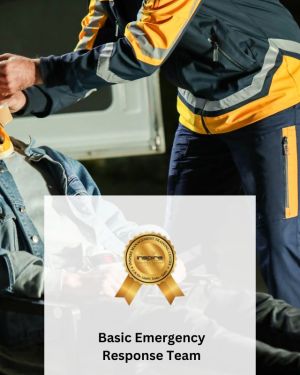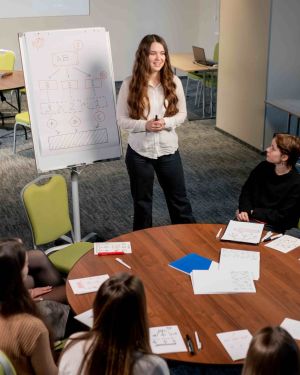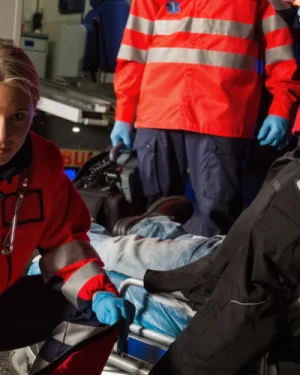1. Introduction to Child Safety
• Welcome and Introductions
o Instructor introduction
o Participant introductions
• Course Overview
o Objectives and goals of the training
o Importance of child safety
2. Understanding Child Development and Behavior
• Child Development Stages
o Physical, emotional, and cognitive development
o Age-specific risks and safety concerns
• Behavioral Indicators
o Recognizing normal and abnormal behaviors
o Identifying signs of distress or abuse
3. Home Safety
• Preventing Accidents at Home
o Childproofing the home: furniture, appliances, and toxic substances
o Safe play areas and toy safety
• Emergency Preparedness
o Creating a family emergency plan
o Fire safety and evacuation plans
o First aid basics for common injuries
4. Outdoor Safety
• Playground Safety
o Checking equipment for safety
o Supervising children at play
• Water Safety
o Pool safety rules and supervision
o Teaching children to swim and water rescue basics
• Traffic and Pedestrian Safety
o Teaching children about road safety
o Proper use of car seats and seat belts
5. Cyber Safety
• Internet Safety for Children
o Safe browsing practices
o Recognizing and preventing online dangers
• Parental Controls and Monitoring
o Setting up parental controls on devices
o Monitoring children’s online activities
6. Recognizing and Responding to Abuse
• Types of Abuse
o Physical, emotional, sexual, and neglect
• Signs and Symptoms
o Behavioral and physical indicators
• Reporting Procedures
o How and when to report suspected abuse
o Legal obligations and protections
7. Communication Skills
• Effective Communication with Children
o Active listening and empathy
o Encouraging children to talk about their feelings
• Building Trust
o Creating a safe and supportive environment
8. Review and Q&A
• Summary of Key Points
o Recap of major topics covered
• Question and Answer Session
o Addressing participants’ questions and concerns
• Feedback and Evaluation
o Course feedback from participants








